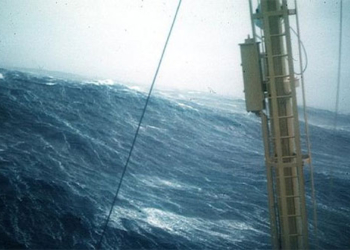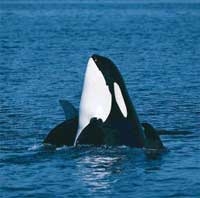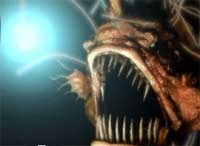Colorful Bat Stars Swarm Around Dead Sea Lion at the Ocean Floor, Recycling the Carcass into Energy and Nutrients.
Wildlife photographer David Slater captured this stunning image in the shallow waters of Monterey Bay, California, as reported by Live Science on June 22. The photograph won first place in the “Marine Life” category at the Big Picture competition organized by the California Academy of Sciences.

A dead sea lion surrounded by dozens of colorful bat stars. (Photo: David Slater)
The dead sea lion, along with others swimming behind it, is likely a California sea lion (Zalophus californianus) or a Steller sea lion (Eumetopias jubatus), based on the geographical range of these species. The starfish in the image are all bat stars (Patiria miniata)—scavengers with vibrant colors. They play a crucial role in “recycling” the sea lion’s carcass into energy and nutrients, returning it to the marine food web.
Experts are uncertain about the cause of death for the sea lion in the image. It may have died from natural causes or been killed by human-related factors, such as collisions with boats, ingestion of plastic, or entanglement in fishing gear. However, California sea lion populations are actually experiencing significant growth and are classified as “Least Concern” on the International Union for Conservation of Nature (IUCN) Red List.
The name “bat star” comes from the webbing that grows between their arms, resembling bat wings. This species typically has five arms but can have up to nine. Bat stars can grow to a width of 20 cm, according to the Monterey Bay Aquarium. They are noted for their wide range of colors, with red, orange, yellow, brown, green, and purple being the most common.
Bat stars have “eye spots” that can sense light at the end of each arm and olfactory cells beneath their arms that allow them to “taste” chemicals left by small invertebrates or carcasses in the water. When they find food, they can evert one of their two stomachs out of their mouths and secrete digestive enzymes to break down the food before consuming it.
Bat stars also host small symbiotic worms that live in grooves on the underside of their bodies, feeding on debris left by their host. A single bat star can harbor up to 20 worms. Therefore, in the image, there could be over 100 worms busy eating the sea lion carcass.
As scavengers, bat stars and their symbiotic worms play an important role in the ocean ecosystem by recycling nutrients and energy from the top of the food chain back to the bottom. “When bat stars are well-fed, any other large or small creatures can also gain energy and shelter from the remnants for years to come,” the organizers of the Big Picture competition stated.




















































